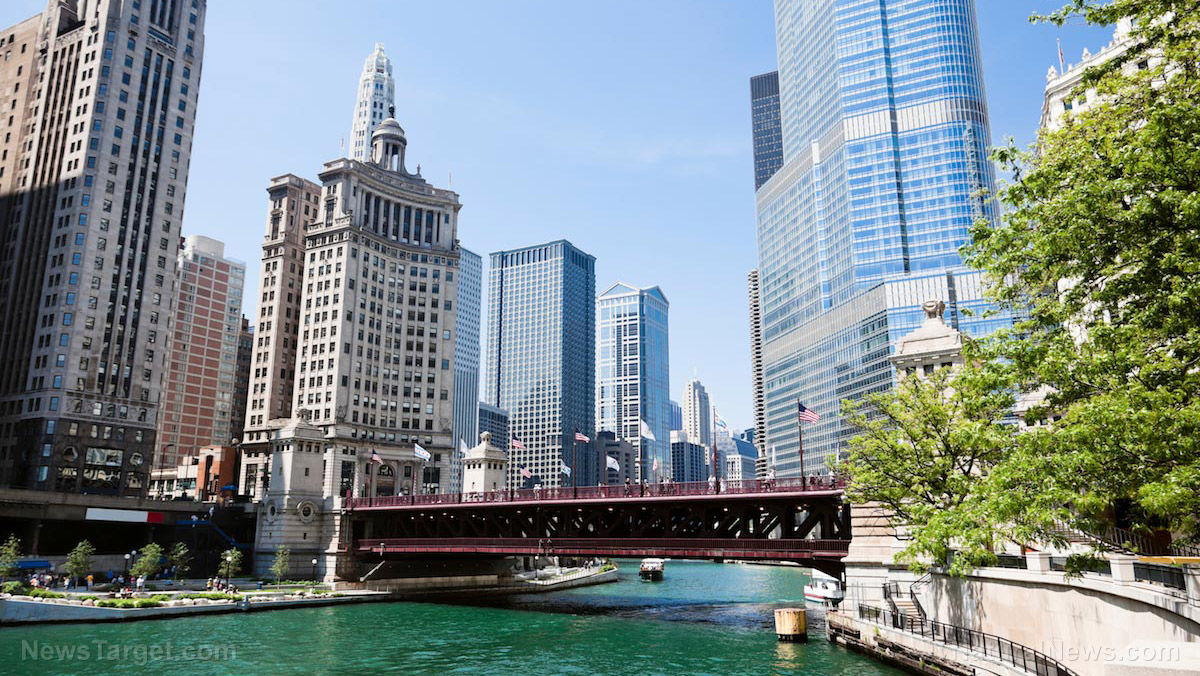Home // Earthquake
Deadly Yellowstone earthquake revisited – aftershocks still felt today
08/05/2020 // Virgilio Marin // Views
Tags: aftershocks, disaster, earthquake, Ecology, environment, eruption, goodscience, small quakes, supervolcano, Yellowstone

In the wake of the disaster, 28 people died while authorities estimate damages to be worth 260 million dollars today.
The horrors of the 1959 earthquake
John D. Sanders was with his wife and two children watching a beauty contest when the quake occurred.
“We all ran outside and headed back to the motel. When we got there we saw people jumping out of windows wearing towels and bathrobes. Water was spurting from broken pipes,” he told at the time.
As he sat with his family inside their car, he feared the ground was going to blow up any minute. Old Faithful, a geyser in Yellowstone National Park in Wyoming, was spewing at the time. The geyser seemed more erratic than usual before and after the earthquake, with successive longer and shorter intervals between eruptions.
Another witness, Mildren Green, was close to the landslide that was responsible for most of the 28 casualties. The landslide was triggered in Madison Canyon, in which about 50 million cubic yards of debris flowed down the south side of the canyon and halfway up the north side. It partially buried the Rock Creek campground on the valley floor and blocked the Madison River, causing water to back up behind it and creating Earthquake Lake in southwestern Montana.
Greene was camping with her family when a huge stream of muddy water and debris swept over their campsite. Her husband managed to grab the hand of their son and save him just in time. A trained nurse, she became busy tending to the people in the area and said she was the luckiest person there.
“I was busy, I didn’t have to worry about what had happened or what was going to happen.”
Geologist Jack Epstein was with the USGS at the time, working as a field assistant in Montana when the earthquake struck and he was tasked to investigate. His team is camped on a hill overlooking the Hebgen Lake, near the epicenter located along the north shore of the lake. At the time, Earth's mysterious processes were unfolding, and Epstein and his team were witnesses to them.
“It was a marvelous opportunity for a beginning geologist,” he said in 2008.
Aside from Earthquake Lake, the earthquake also left scarps -- a line of cliffs that grow out of the ground due mainly to earthquakes -- on Hebgen Lake, Red Canyon faults and, partially, the Madison Fault.
Furthermore, it created the Seismic Geyser and triggered eruptions from many springs and geysers in Yellowstone National Park such as Sapphire Pool. (Related: Scientists speculate that uptick in California earthquakes might trigger Yellowstone supervolcano.)
Effects of 1959 earthquake still felt today
Earthquakes are different from other natural hazards because they persist even after the main event. Aftershocks are very common and can be as deadly as the earthquake that precedes them. In other cases, however, aftershocks could persist even decades after an earthquake.
In fact, a study published in the journal Geophysical Research Letters posited that the effects of the 1959 event can be felt even today. An area within Yellowstone National park, Maple Creek, continually experiences numerous small quakes or swarms.
Researchers from the University of Utah said that there are two clusters of earthquake swarms in Maple Creek: the northern and southern clusters. They said that the swarms in the northern cluster are Hebgen Lake aftershocks, as they fell along the same faultline and were directed the same way as the Hebgen Lake event. (Related: Is natural gas 'fracking' responsible for the recent earthquake swarms in strange locations?)
The team also did not see any signs of magma and other fluids moving beneath the ground, which may otherwise cause the northern cluster swarms.
They noted that aftereffects occurring after such a long time are not completely unheard-of. For one, co-author Guanning Pang previously investigated aftershocks from the 1983 Borah Peak earthquake in central Idaho, some of which are estimated to be as recent as 2017.
"Earthquakes don't happen as a single discrete event in time," added co-author Keith Koper.
Disaster.news has more stories on earthquakes and their aftermath in the United States.
Sources include:
Related Topics
aftershocks disaster earthquake Ecology environment eruption goodscience small quakes supervolcano YellowstoneLatest News
Related News
07/16/2023 / By Lance D Johnson
07/09/2023 / By Ethan Huff
07/04/2023 / By Zoey Sky
07/02/2023 / By Kevin Hughes
06/29/2023 / By Ethan Huff
Take Action:
Support Natural News by linking to this article from your website.
Permalink to this article:
Copy
Embed article link:
Copy
Reprinting this article:
Non-commercial use is permitted with credit to NaturalNews.com (including a clickable link).
Please contact us for more information.
Please contact us for more information.























